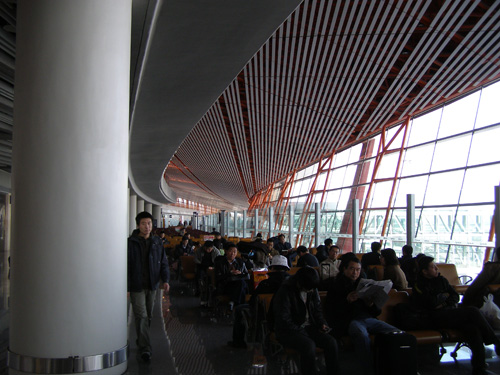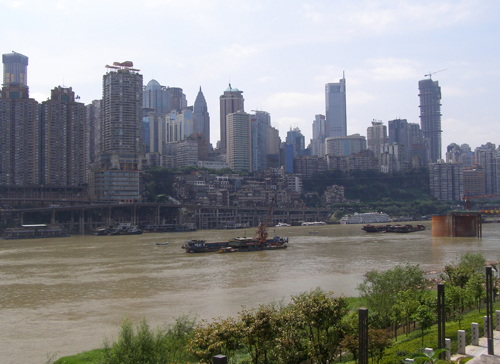
Recently there has been an increase in questions raised about China’s unrelenting ambitions to connect the country with high-speed rail. Some commentators question whether the new lines will meet projected capacity, others argue that ticket prices are out of reach for China’s workers, and there is even concern over the safety of the tracks.
Yet given the benefit of the doubt, there is no question that expanding high-speed rail needs to remain a top priority in developing a comprehensive national transportation network. It isn’t as if China has invested only in high-speed rail at the expense of other forms of transportation infrastructure such as roads and airports- in fact the country has been busy building both in addition to focusing on trains. View full post »


.jpg)


by Adam Mayer
Hao Hao Report - Someone thinks this story is fantastic…
This story was submitted to Hao Hao Report – a collection of China’s best stories and blog posts. If you like this story, be sure to go vote for it….
colin - Just found your blog. Refreshing to find another source that is more informed and rational than the typical western media stereotypes of China. I think you hit the nail on head that China is huge, and is composed of many different groups of people. Even if the middle and upper classes are a small fraction of the total population, given 1.6B people, there will still be plenty of people in those ranks to buy the higher priced bullet train tickets.
Another Misinformed Commentary on China’s High-Speed Rail | China Urban Development Blog - […] Yet China is building high-speed rail under a completely different set of circumstances. For one, China is still urbanizing substantially, creating a growing demand for high-speed intercity rail network. In addition, the country’s domestic air travel market continues to expand upon an already strained network. […]